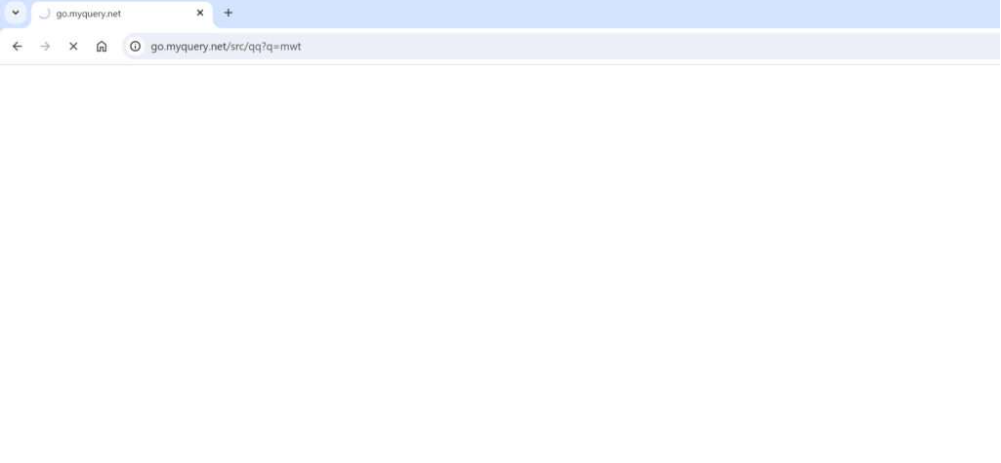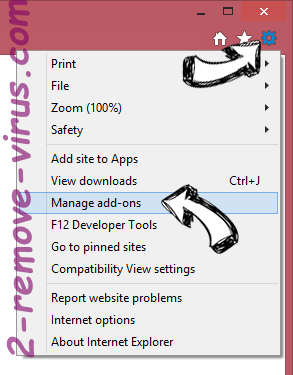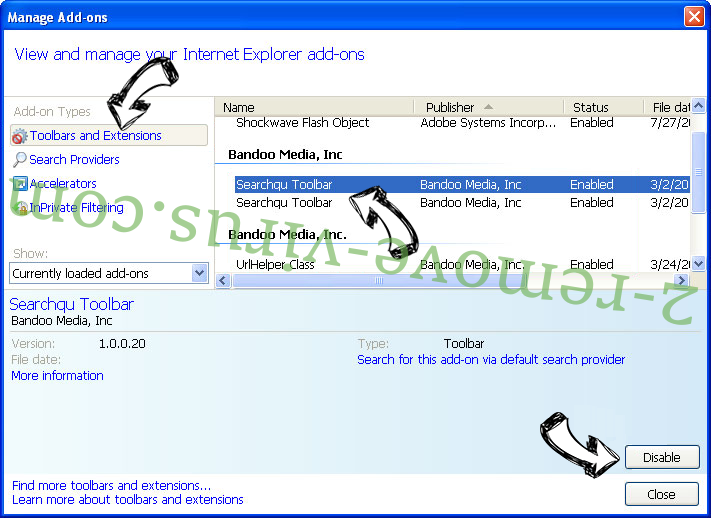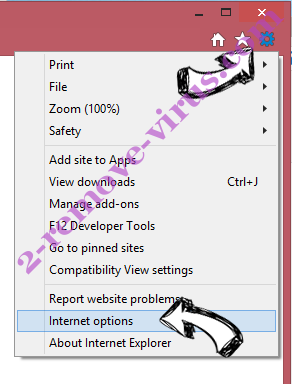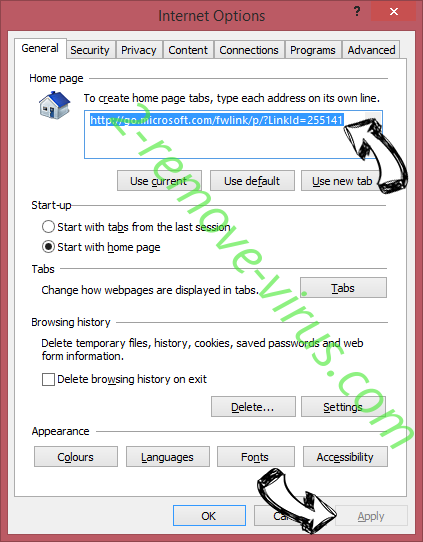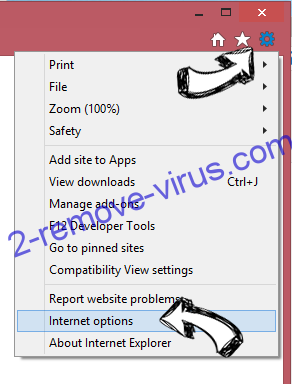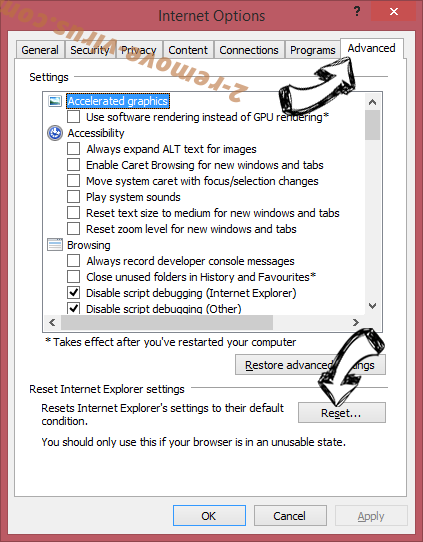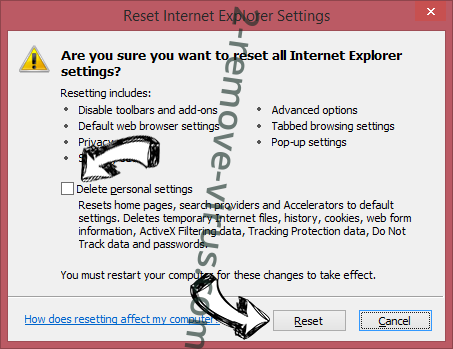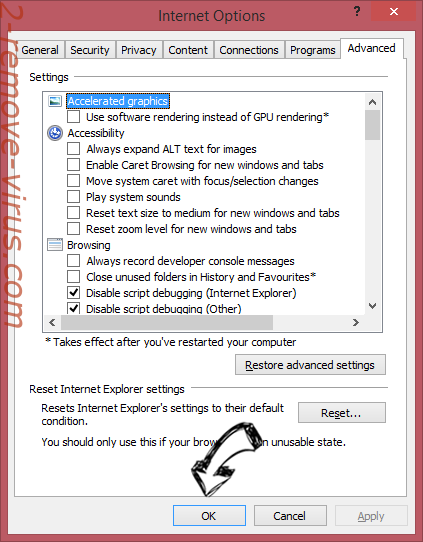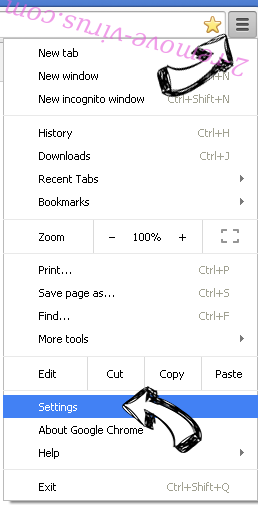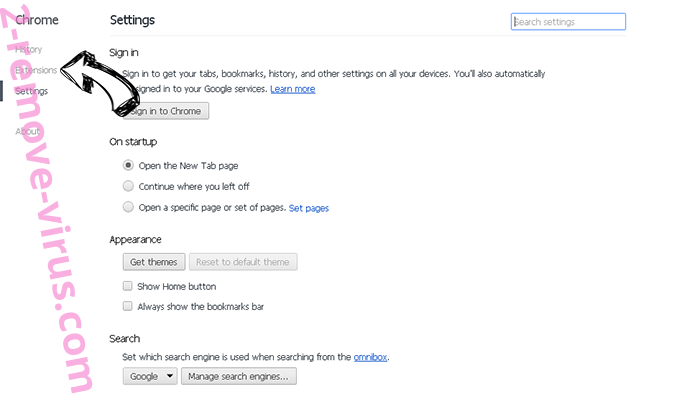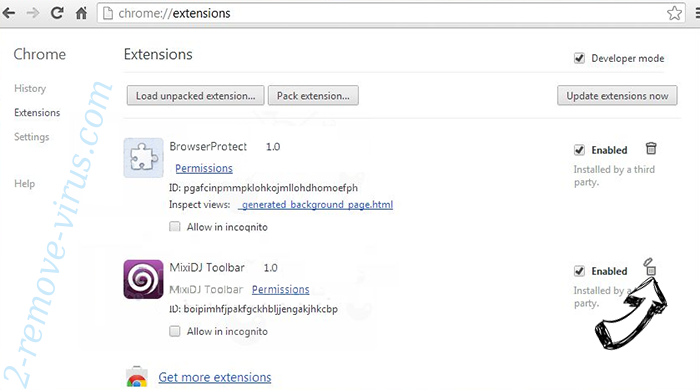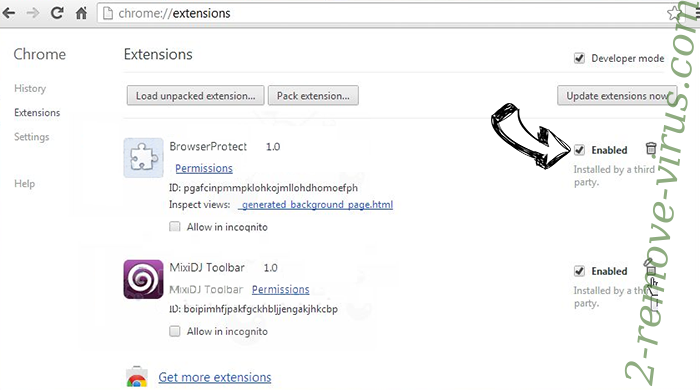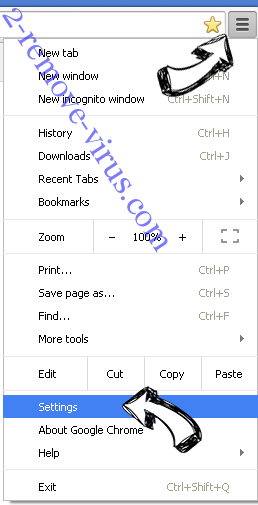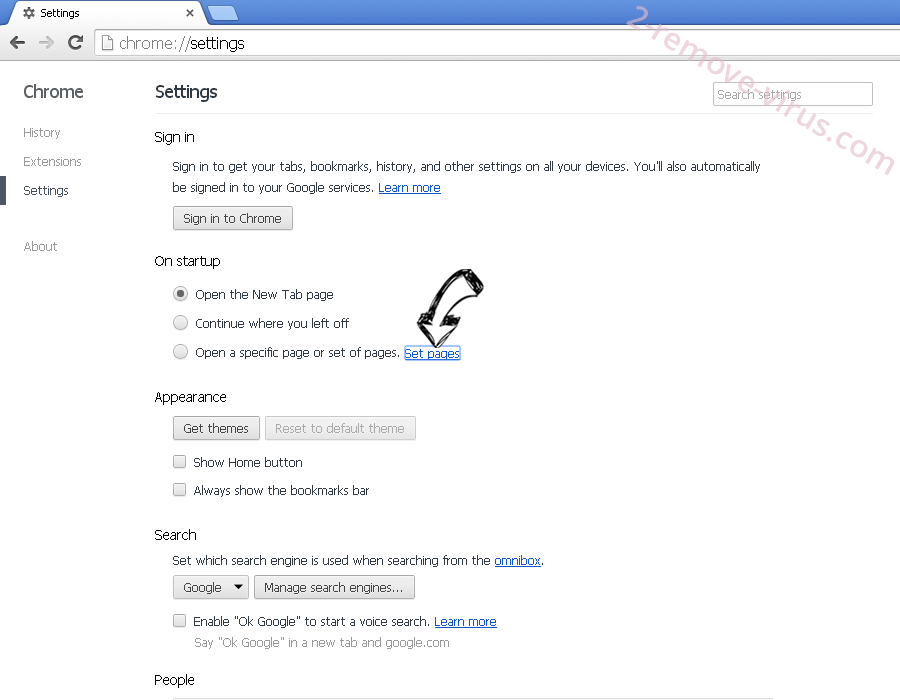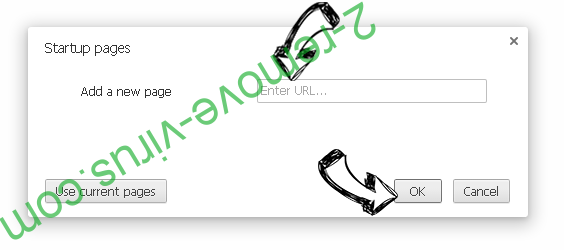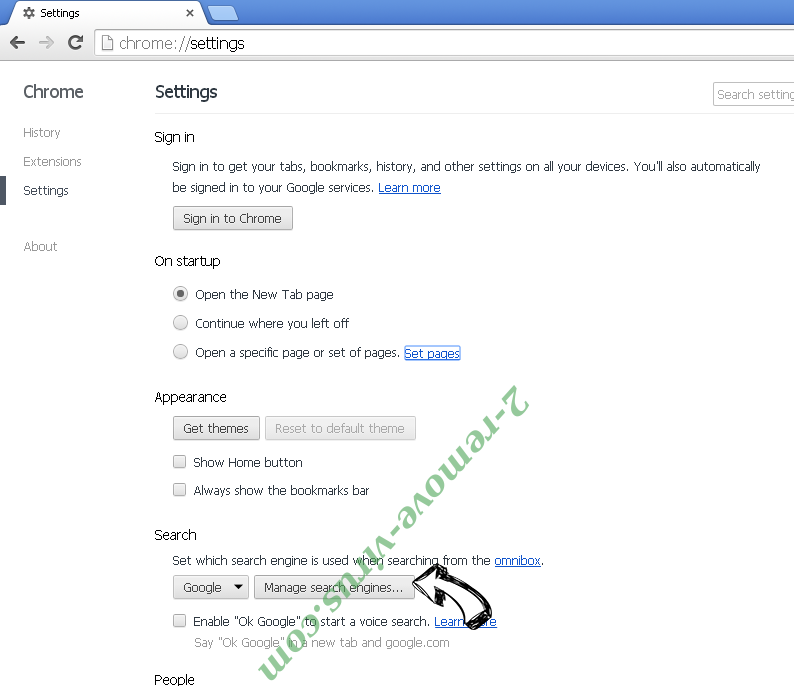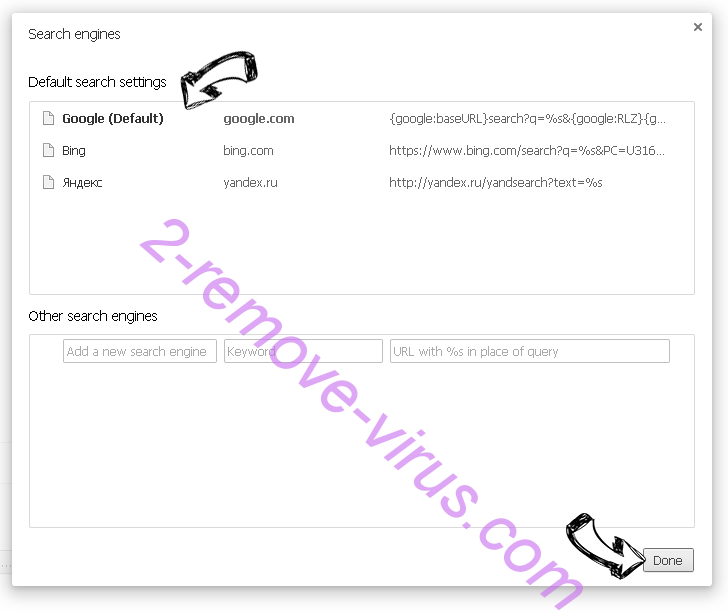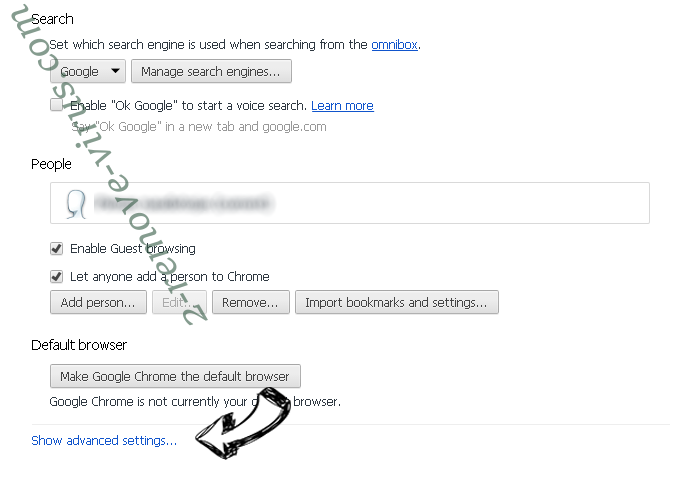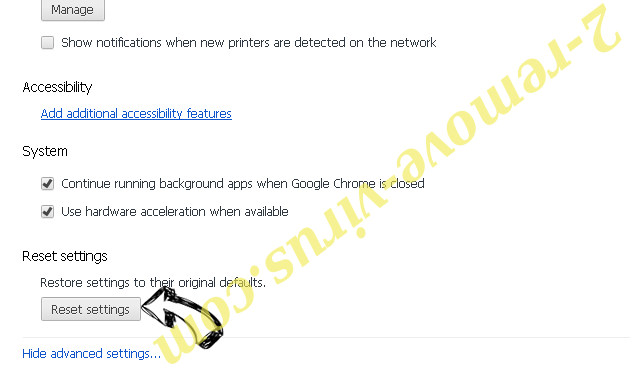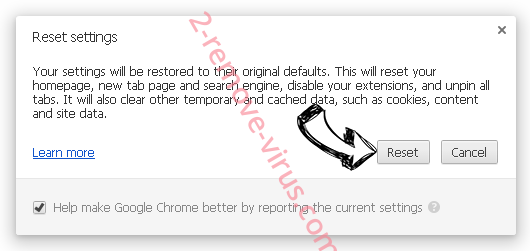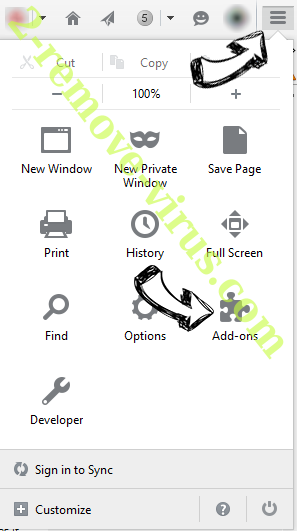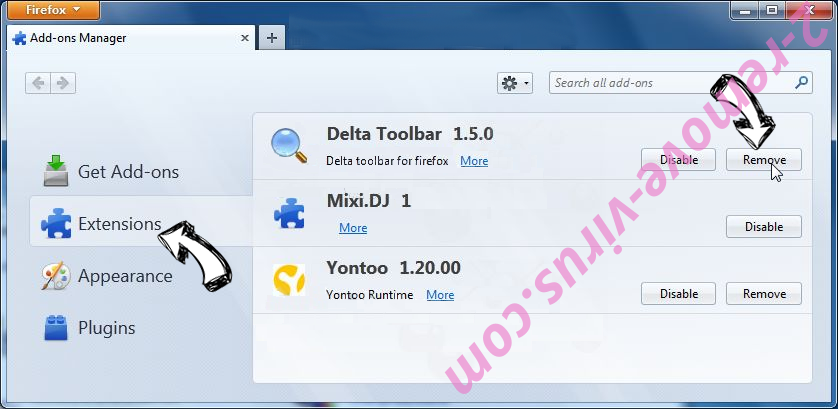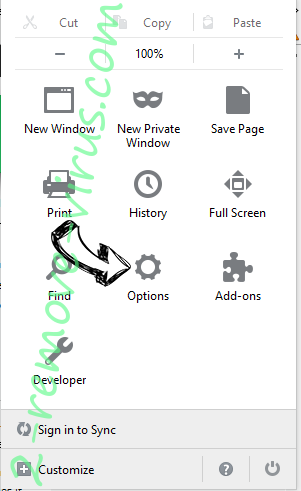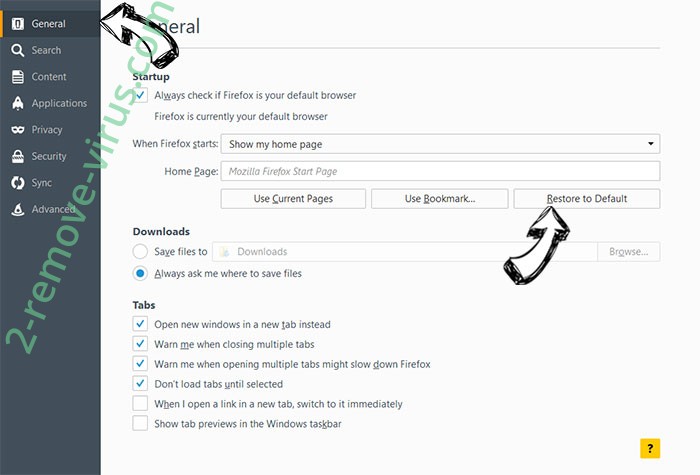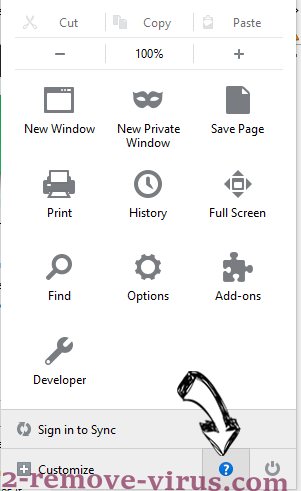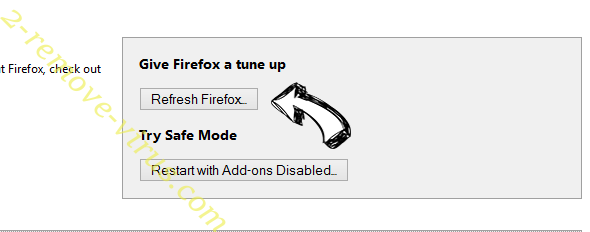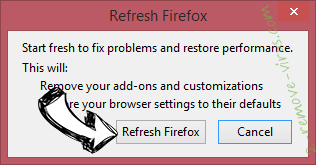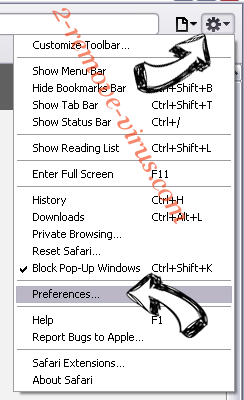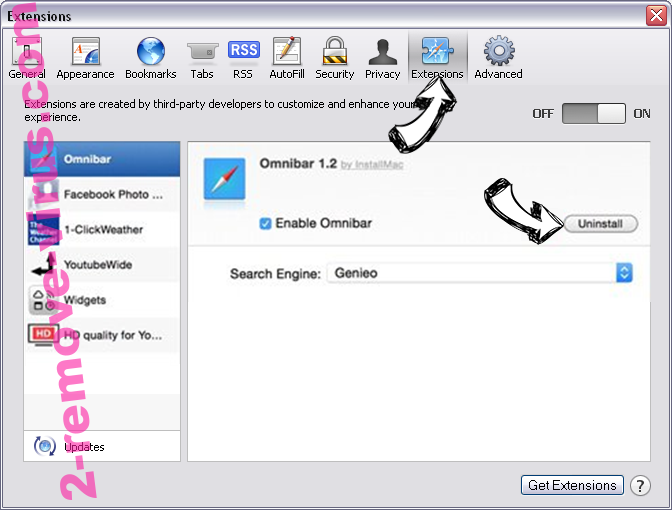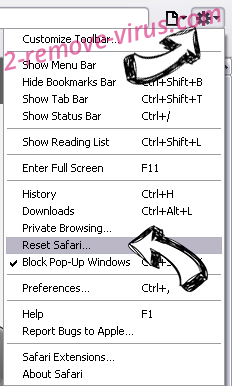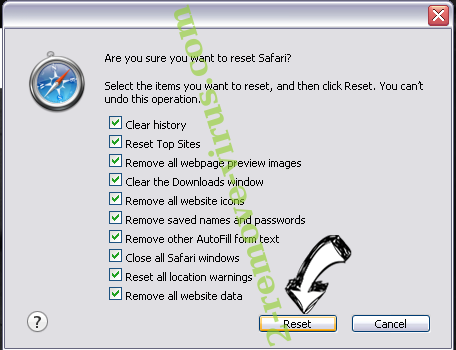go.myquery.net is a dubious search engine. It’s promoted as a superior search engine that will supposedly provide better search results. However, the search engine is pushed by a browser hijacker. If you suddenly find it loading as your homepage and default search engine, your browser has been hijacked. It’s not a serious infection that will harm your computer.
Browser hijackers are very common infections, most commonly encountered by users who download and incorrectly install free programs. They install without users noticing, change browser settings, set questionable sites as homepages, force users to use questionable search engines, and try to redirect them to sponsored websites. This makes them very noticeable infections, which allows users to remove them sooner rather than later.
Several browser hijackers can push go.myquery.net. Your computer has a hijacker installed if it’s suddenly set as your default search engine. In addition to your search engine, the hijacker will also change your homepage and new tabs. The changes it performs to your browser will be irreversible while the hijacker remains installed. It’s also worth mentioning that the changes could affect all popular browsers, including Microsoft Edge, Google Chrome, and Mozilla Firefox.
Browser hijackers aim to redirect users to sponsored websites to generate revenue. This is done by inserting sponsored results into search results generated by questionable search engines. Usually, these kinds of search engines fill the first page of results with sponsored content. It’s not recommended to click on any of those results because you could be redirected to potentially dangerous websites that conceal malware or promote scams.
One alarming thing about hijackers is their intrusive data collection practices. Browser hijackers may track users’ browsing and collect certain information, including visited websites, search queries, IP addresses, etc. This information could also be shared with third parties. There is no reason why you should put up with this type of intrusive data collection, particularly because the program is in no way useful to you.
If you notice this hijacker installed on your device, we strongly recommend you get rid of it to remove go.myquery.net as your default search engine. This is easily done with an anti-virus program. Manual go.myquery.net browser hijacker removal is possible but it may take longer.
How did the go.myquery.net browser hijacker install on my computer?
Infections like browser hijackers and adware can be disguised as legitimate and useful programs. Such infections are usually promoted on download websites that offer a lot of free programs. To avoid installing infections like the go.myquery.net browser hijacker, it’s strongly recommended to research programs before downloading them. Even a quick search with a search engine like Google is usually enough to find out whether a program is safe to download/install.
Browser hijackers are also often installed by users accidentally via the free software bundling method. The way this method works is said infections are added to a free program as additional offers. These offers are set to be installed alongside the programs they’re attached to automatically, without requiring explicit permission from users. The offers are technically optional but users need to manually deselect them to prevent their installations. Because the offers are hidden in settings users don’t normally use, users are not aware of them in most cases. Because of this, many users simply do not notice the offers, which allow them to install. This is why software bundling is considered to be a controversial installation method.
The extra offers are optional, so as long as you pay attention during program installation, you will be able to prevent these unwanted installations. During installation, opt for Advanced (Custom) settings instead of Default (Basic) when given the option. The installation window always recommends using Default settings because it’s quicker but if you do that, every single added offer will be permitted to install alongside without you even realizing it. Advanced or Custom settings, on the other hand, will make all added offers visible and give you the option to deselect the ones you do not want. It’s always recommended to deselect everything that has been added. No legitimate program will use this method of installation. And programs that do are generally detected as potential threats by anti-virus programs.
Some extra offers may seem useful initially but allowing them to install would be a mistake. By allowing the installations, you will only fill your computer with junk programs that can be difficult to get rid of once installed fully. It’s much easier to just deselect a couple of boxes when installing programs.
How to remove go.myquery.net redirect?
Browser hijackers are not serious infections, meaning users can delete go.myquery.net manually and using an anti-virus program. Using an anti-virus program is recommended because the program would take care of everything. If you want to remove go.myquery.net manually and need assistance, you can use the instructions provided at the very end of the report.
Quick Menu
Step 1. Uninstall go.myquery.net redirect and related programs.
Remove go.myquery.net redirect from Windows 8
Right-click in the lower left corner of the screen. Once Quick Access Menu shows up, select Control Panel choose Programs and Features and select to Uninstall a software.
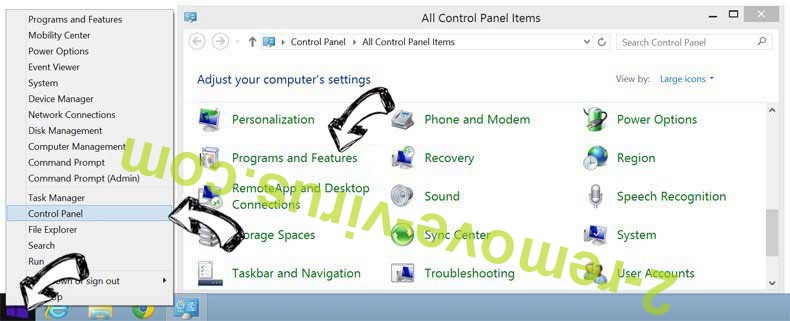
Uninstall go.myquery.net redirect from Windows 7
Click Start → Control Panel → Programs and Features → Uninstall a program.
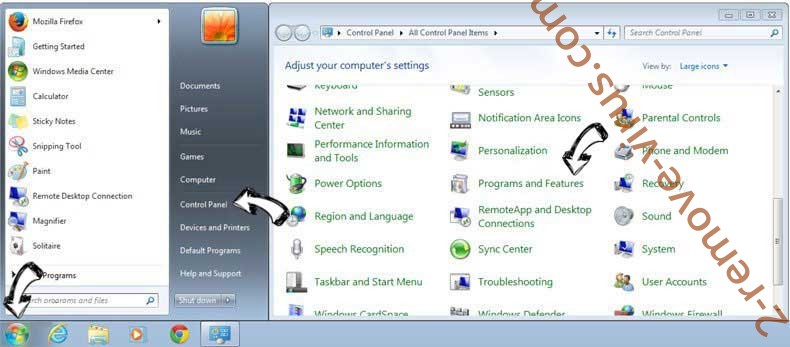
Delete go.myquery.net redirect from Windows XP
Click Start → Settings → Control Panel. Locate and click → Add or Remove Programs.
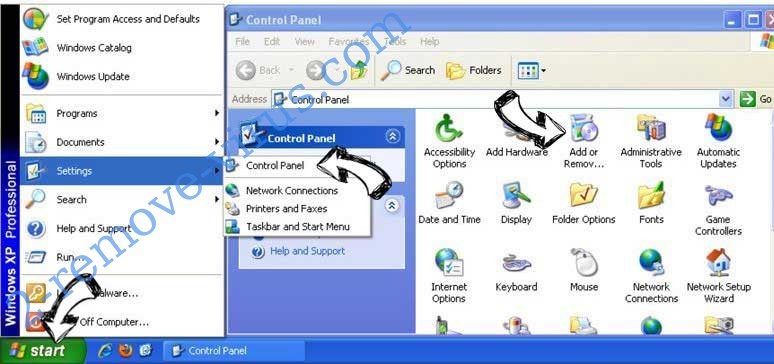
Remove go.myquery.net redirect from Mac OS X
Click Go button at the top left of the screen and select Applications. Select applications folder and look for go.myquery.net redirect or any other suspicious software. Now right click on every of such entries and select Move to Trash, then right click the Trash icon and select Empty Trash.
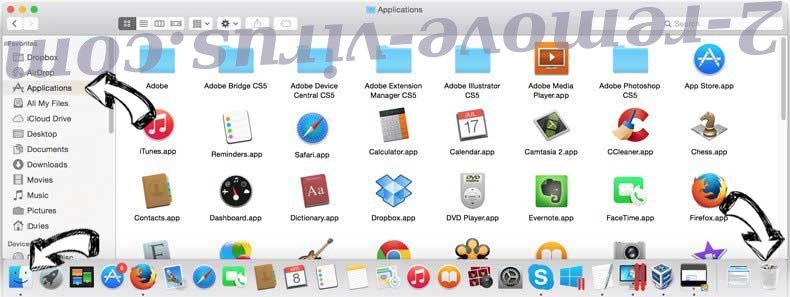
Step 2. Delete go.myquery.net redirect from your browsers
Terminate the unwanted extensions from Internet Explorer
- Tap the Gear icon and go to Manage Add-ons.

- Pick Toolbars and Extensions and eliminate all suspicious entries (other than Microsoft, Yahoo, Google, Oracle or Adobe)

- Leave the window.
Change Internet Explorer homepage if it was changed by virus:
- Tap the gear icon (menu) on the top right corner of your browser and click Internet Options.

- In General Tab remove malicious URL and enter preferable domain name. Press Apply to save changes.

Reset your browser
- Click the Gear icon and move to Internet Options.

- Open the Advanced tab and press Reset.

- Choose Delete personal settings and pick Reset one more time.

- Tap Close and leave your browser.

- If you were unable to reset your browsers, employ a reputable anti-malware and scan your entire computer with it.
Erase go.myquery.net redirect from Google Chrome
- Access menu (top right corner of the window) and pick Settings.

- Choose Extensions.

- Eliminate the suspicious extensions from the list by clicking the Trash bin next to them.

- If you are unsure which extensions to remove, you can disable them temporarily.

Reset Google Chrome homepage and default search engine if it was hijacker by virus
- Press on menu icon and click Settings.

- Look for the “Open a specific page” or “Set Pages” under “On start up” option and click on Set pages.

- In another window remove malicious search sites and enter the one that you want to use as your homepage.

- Under the Search section choose Manage Search engines. When in Search Engines..., remove malicious search websites. You should leave only Google or your preferred search name.


Reset your browser
- If the browser still does not work the way you prefer, you can reset its settings.
- Open menu and navigate to Settings.

- Press Reset button at the end of the page.

- Tap Reset button one more time in the confirmation box.

- If you cannot reset the settings, purchase a legitimate anti-malware and scan your PC.
Remove go.myquery.net redirect from Mozilla Firefox
- In the top right corner of the screen, press menu and choose Add-ons (or tap Ctrl+Shift+A simultaneously).

- Move to Extensions and Add-ons list and uninstall all suspicious and unknown entries.

Change Mozilla Firefox homepage if it was changed by virus:
- Tap on the menu (top right corner), choose Options.

- On General tab delete malicious URL and enter preferable website or click Restore to default.

- Press OK to save these changes.
Reset your browser
- Open the menu and tap Help button.

- Select Troubleshooting Information.

- Press Refresh Firefox.

- In the confirmation box, click Refresh Firefox once more.

- If you are unable to reset Mozilla Firefox, scan your entire computer with a trustworthy anti-malware.
Uninstall go.myquery.net redirect from Safari (Mac OS X)
- Access the menu.
- Pick Preferences.

- Go to the Extensions Tab.

- Tap the Uninstall button next to the undesirable go.myquery.net redirect and get rid of all the other unknown entries as well. If you are unsure whether the extension is reliable or not, simply uncheck the Enable box in order to disable it temporarily.
- Restart Safari.
Reset your browser
- Tap the menu icon and choose Reset Safari.

- Pick the options which you want to reset (often all of them are preselected) and press Reset.

- If you cannot reset the browser, scan your whole PC with an authentic malware removal software.
Offers
Download Removal Toolto scan for go.myquery.net redirectUse our recommended removal tool to scan for go.myquery.net redirect. Trial version of provides detection of computer threats like go.myquery.net redirect and assists in its removal for FREE. You can delete detected registry entries, files and processes yourself or purchase a full version.
More information about SpyWarrior and Uninstall Instructions. Please review SpyWarrior EULA and Privacy Policy. SpyWarrior scanner is free. If it detects a malware, purchase its full version to remove it.

WiperSoft Review Details WiperSoft (www.wipersoft.com) is a security tool that provides real-time security from potential threats. Nowadays, many users tend to download free software from the Intern ...
Download|more


Is MacKeeper a virus? MacKeeper is not a virus, nor is it a scam. While there are various opinions about the program on the Internet, a lot of the people who so notoriously hate the program have neve ...
Download|more


While the creators of MalwareBytes anti-malware have not been in this business for long time, they make up for it with their enthusiastic approach. Statistic from such websites like CNET shows that th ...
Download|more
Site Disclaimer
2-remove-virus.com is not sponsored, owned, affiliated, or linked to malware developers or distributors that are referenced in this article. The article does not promote or endorse any type of malware. We aim at providing useful information that will help computer users to detect and eliminate the unwanted malicious programs from their computers. This can be done manually by following the instructions presented in the article or automatically by implementing the suggested anti-malware tools.
The article is only meant to be used for educational purposes. If you follow the instructions given in the article, you agree to be contracted by the disclaimer. We do not guarantee that the artcile will present you with a solution that removes the malign threats completely. Malware changes constantly, which is why, in some cases, it may be difficult to clean the computer fully by using only the manual removal instructions.
